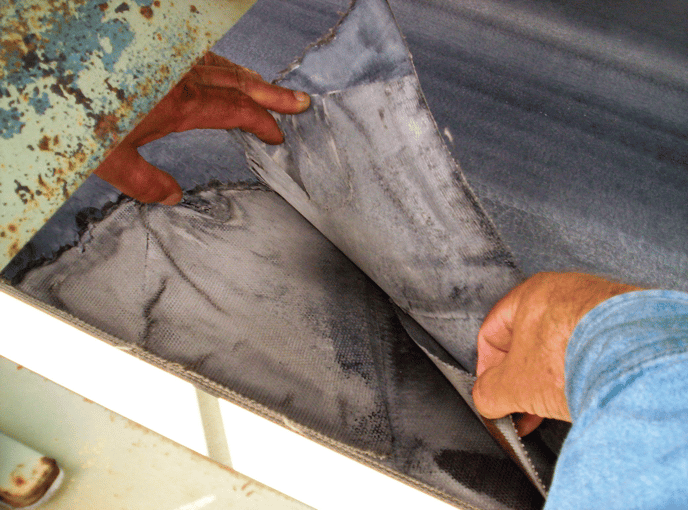Conveyor Belt Edge Damage & Delamination
Understanding Belt Edge Vulnerabilities: Causes and Consequences of Delamination in Conveyor Systems

Because the edge of a belt marks the connection between different components, it is susceptible to the usual weaknesses found in most joints. Fraying is one of the more common causes of damage to the edge of a belt. However, there are various other causes. Another significant source of damage to the edge of a belt is delamination. In this case, instead of friction wearing away at the material of the belt itself, other pressures cause the different layers of the belt to separate from each other. This process can expose the less durable inner layers of the belt and sometimes fragile inner components of the conveyor, significantly increasing the risk of further damage.

There are two primary causes for delamination: pulleys that are too small or moisture and other foreign materials. When a belt is wrapped around undersized pulleys, layers may begin to separate. Additionally, moisture and other materials that penetrate between layers can push them apart. This issue could be particularly significant in areas with fluctuating temperatures, where materials expand and contract inside the belt. In high-moisture environments, the belt’s carcass can absorb moisture, resulting in what is called ply separation. This absorption causes the carcass to swell and separate. Opting for molded-edge belts, though more expensive, can resist moisture absorption and prevent ply separation.

